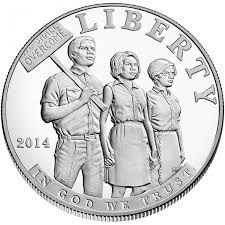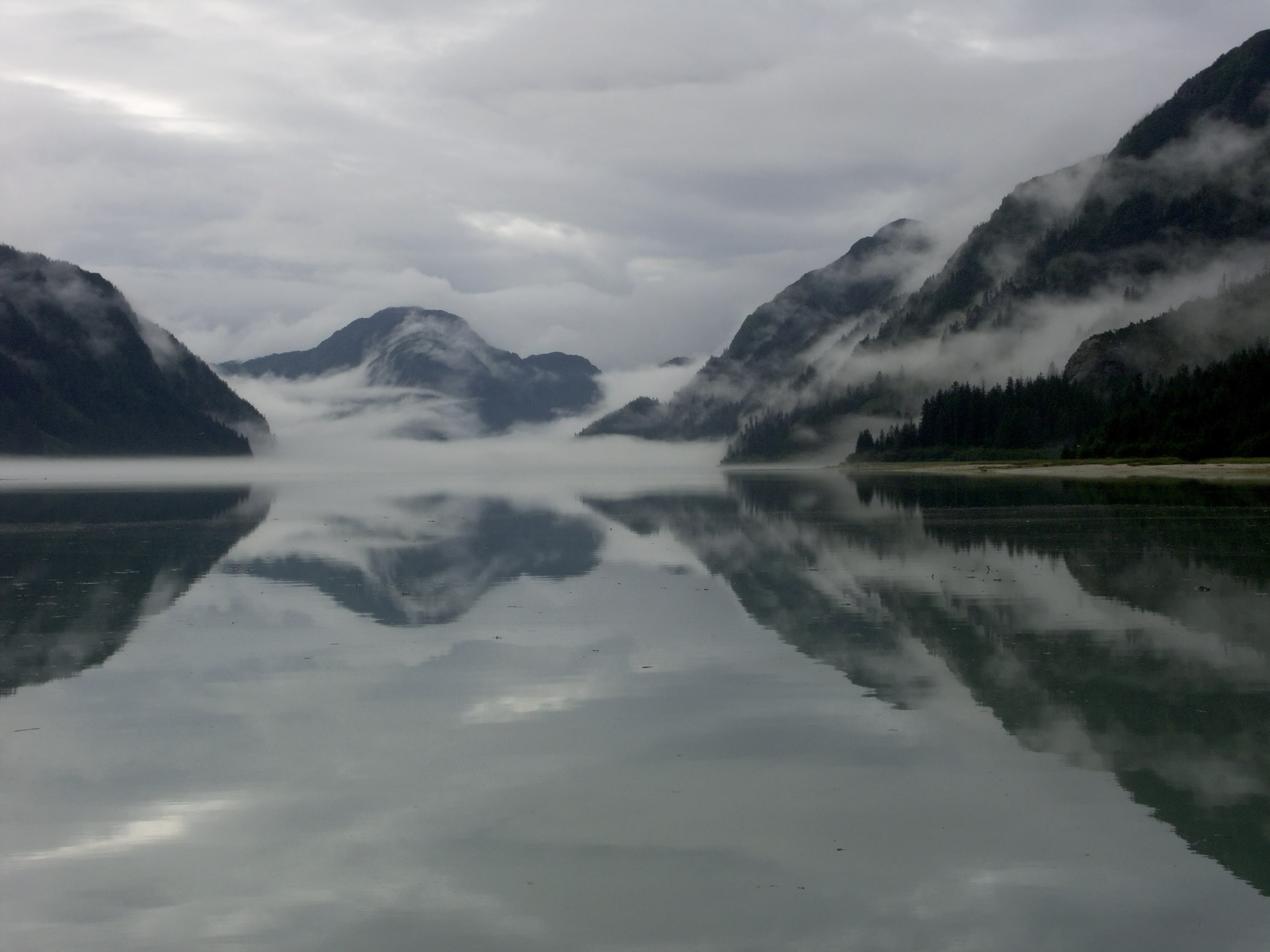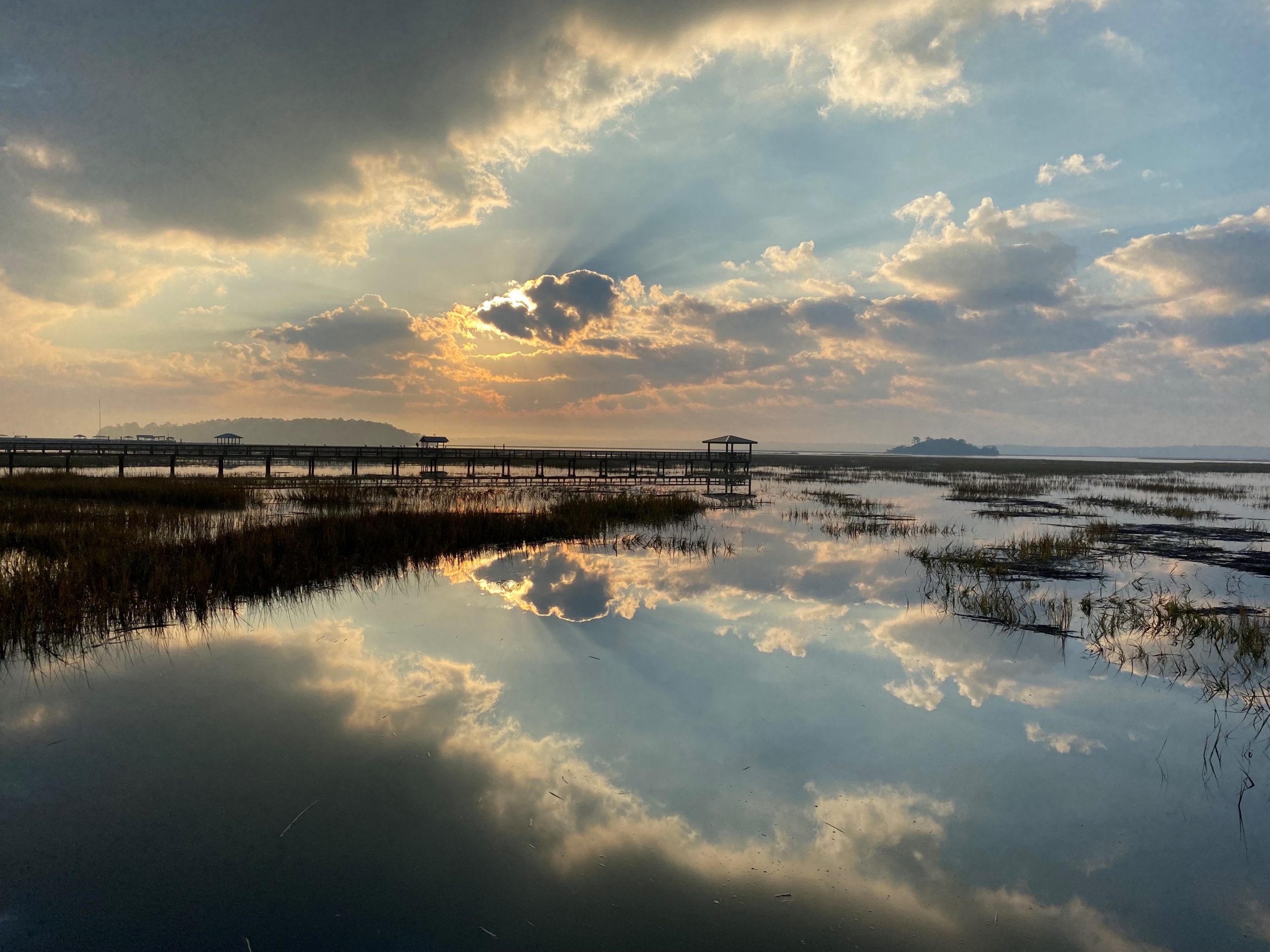Weekly news + a look at how we got to the ever-widening partisan divide in our country
ITS NEWS TO ME
Candace Owens: “George Floyd is not my martyr” (MUST READ)
CNN’s Chris Cuomo, Don Lemon compare rioters to American Revolutionaries
Two Former Feminists Have Busted the Left’s Lies WIDE Open
Texas Judge Gives Trump Win On Mail-In Voting

Woman Who Adopted Autistic Child to Film Documentary for Fame Now Admits Dumping the Child
NYC Mayor de Blasio says he’s “so proud” of his daughter Chiara after she was arrested during George Floyd protest
Tell Me THIS Wasn’t an Organized Attack: Chicago Rioters Jammed Police Radios Confounding Cops
Megan Rapinoe, Jane Fonda, and more stars sign letter to defund the police
Californians Rediscover the Second Amendment

NYC Mayor DeBlasio booed offstage at Floyd memorial, backs turned toward him
Watch Project Veritas Infiltrate Antifa: “Our Revolution Cannot Be Stopped”
NBC Bans “Riot” in Riot Reporting
Maxine Waters dubs the word “rioting” as “negative language against black people.”
SETTING OUR MINDS ON THINGS ABOVE
HOW DID WE GET HERE
Part 1 – It Began with Civil Rights Legislation
 |
| 1964 Civil Rights Act Dollar |
My comments:
By now we all have had our fill of sickening videos displaying what man is capable of apart from God. I’m not talking about those protesting the death of George Floyd. I’m talking about all the rest. We have seen arsonists set occupied buildings on fire and then block firemen from reaching the scene. We have heard firsthand that many were there for the money. The tactics the looters use prove how organized these attacks are. They have been able to jamb police radios and adapt to police movements to stay one step ahead. Sadly, the left’s defense of the rioters and looters is evidence that what we’re seeing is a manifestation of the partisan divide in Washington. But how on earth did we get to this point?
The partisan divide we see today had its beginnings in the Civil Rights Act of 1964. While it ostensibly was enacted to right perceived wrongs, it ended up producing class divisions believed to be moral divisions which took all the issues that followed into a new realm. Both sides of subsequent social and cultural issues would become convinced that their cause had the moral high ground and they would defend it to the end at whatever cost.
There were two noteworthy things about the civil rights legislation of 1964 and 1965. The first was its unprecedented concentration of power. It gave Washington tools it had never before had in peacetime. It created new crimes, outlawing discrimination in almost every walk of public and private life. It established agencies to hunt down these new crimes-an expanded Civil Rights Commission, an Equal Employment Opportunity Commission (EEOC), and various offices of civil rights in the different cabinet agencies.
It gave government new prerogatives, such as laying out hiring practices for all companies with more than 15 employees, filing lawsuits, conducting investigations, and ordering redress. Above all, it exposed every corner of American social, economic, and political life to direction from bureaucrats and judges.
The effect of these civil rights laws was to take a lot of decisions that had been made in the democratic parts of American government and relocate them to the bureaucracy or the judiciary. Only with that kind of arsenal, Lyndon Johnson and the drafters thought, would it be possible to root out insidious racism.
The second noteworthy thing about the civil rights legislation of the 1960s is that it created different levels of rights for citizens of southern states like Alabama and citizens of northern states like Michigan when it came to election laws.
The goal of the civil rights laws was to bring the sham democracies of the American South into conformity with the Constitution. But it turned out to be much harder than anticipated to distinguish between democracy in the South and democracy elsewhere in the country. If the spirit of the law was to humiliate Southern bigots, the letter of the law put the entire country-all its institutions-under the threat of lawsuits and prosecutions for discrimination.
Americans outside the South understood segregation as a regional problem and believed that blacks in their part of the country were treated just fine, the same as anyone else. In practice, non-Southerners did not expect the new laws to be turned back on themselves.
- civil rights advocates started setting racial quotas for public schools. No one was strong enough to resist.
- Once schools started to fall short of targets established by the bureaucracy, judges ordered busing of schoolchildren.
- Affirmative action had become an outright system of racial preference for non-whites. Test scores on applications were ignored. Skin color became the standard.
- Mandated “diversity” became the law of the land.
- Mandated bi-lingual education came from the rule writers in civil rights offices.
Civil rights law had made it impossible for Americans to get what they’d voted for through their representatives, leading to decades of political strife over issues like immigration policy that continue to this day.
RELATED ARTICLES
ON THE LIGHTER SIDE
These days, I spend a lot of time thinking about the hereafter. I go somewhere to get something, and then wonder what I’m hereafter.
Check out my YouTube channel.
ATTRIBUTIONS
Inclusion of photographs and/or images in no way implies the endorsement of this blog or its information by the photographer or designer.





Leave A Comment